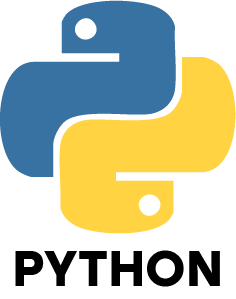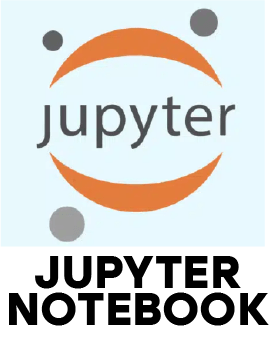1. What is the role of a Data Scientist in a company?
Ans:
A data scientist is essential to helping a company make data-driven decisions. They collect, clean and analyze data to discover trends, patterns and insights. These insights guide businesses to improve sales, reduce costs, enhance customer experience or optimize operations, making them a key part of strategic planning.
2. Describe how organized and unstructured data differ from one another.
Ans:
Structured data is organized in a clear format, like tables with rows and columns and is easy to store and process. Examples include names, dates and sales figures. Unstructured data, on the other hand, has no fixed format and is harder to analyze. This includes videos, emails, social media posts and customer reviews, which often require special techniques to extract meaningful information.
3. What are the key steps in a data science project?
Ans:
A data science project typically follows several steps. First, you understand the problem and define the objective. Next, you collect and clean the data to ensure accuracy. Then, you explore the data to identify patterns and relationships, choose and train the right model, test and improve its performance and finally, share actionable results with stakeholders.
4. How is missing data in a dataset handled?
Ans:
Missing data can be managed in multiple ways depending on the context. Removing rows that contain missing values is one strategy. Alternatively, you can fill in missing values using the mean, median or a guessed estimate. Some advanced models are also designed to handle missing data directly without preprocessing ensuring the dataset remains usable.
5. How does supervised learning differ from unsupervised learning?
Ans:
Supervised learning involves labeled data where the correct answers are known such as identifying whether an email is spam or not. Based on these labels, the model gains the ability to forecast results. Unsupervised learning however uses unlabeled data to uncover hidden patterns or groupings such as clustering similar customers without prior knowledge of categories.
6. Explain the concept of cross-validation in model evaluation.
Ans:
Cross-validation is a technique used to evaluate well a model performs on unseen data. The dataset is divided into several parts with some used for training and others for testing. This process is repeated multiple times to ensure the model generalizes well and avoids being biased toward specific training data.
7. What is overfitting and how can you avoid it?
Ans:
Overfitting occurs when a model performs exceptionally on training data but poorly on new, unseen data, basically, instead of learning patterns, you memorize the training set. To prevent overfitting, you can use simpler models, increase the amount of training data or apply techniques like cross-validation and regularization to ensure the model generalizes better.
8. What is a confusion matrix? Explain its components.
Ans:
One approach for assessing a classification model performance is a confusion matrix. It displays how many predictions were correct or incorrect for each class. Its main components include True Positives, True Negatives, False Positives and False Negatives.
9. How do you select important features in a dataset?
Ans:
Selecting important features involves identifying which variables contribute most to predicting the target. This can be done by checking correlations with the target, using feature selection methods like backward elimination or applying models that rank feature importance, such as decision trees or Lasso regression. Choosing the right features improves model accuracy and efficiency.
10. Explain the working of the k-nearest neighbors (KNN) algorithm.
Ans:
The K-Nearest Neighbors algorithm classifies a new data point by looking at the 'k' closest points in the training set. It assigns the most common label among these neighbors to the new point. KNN is simple, intuitive and effective for small datasets, but its performance may decrease as the dataset grows larger.





















